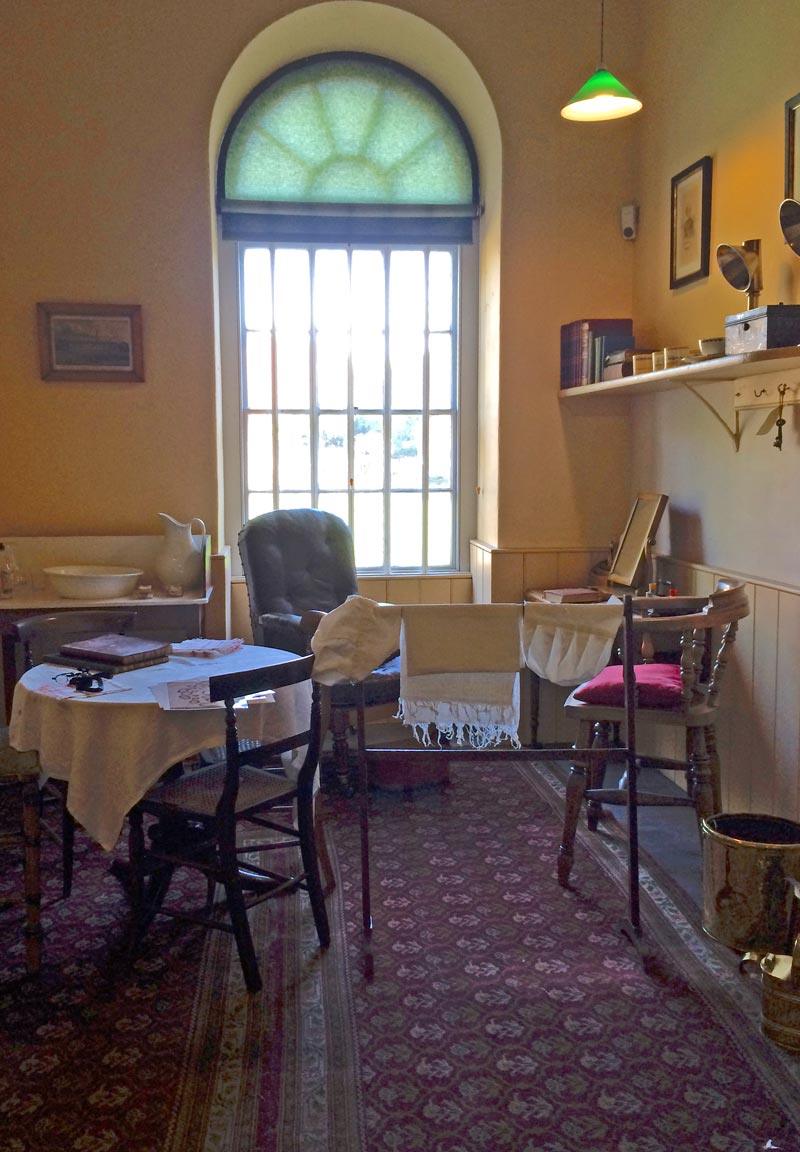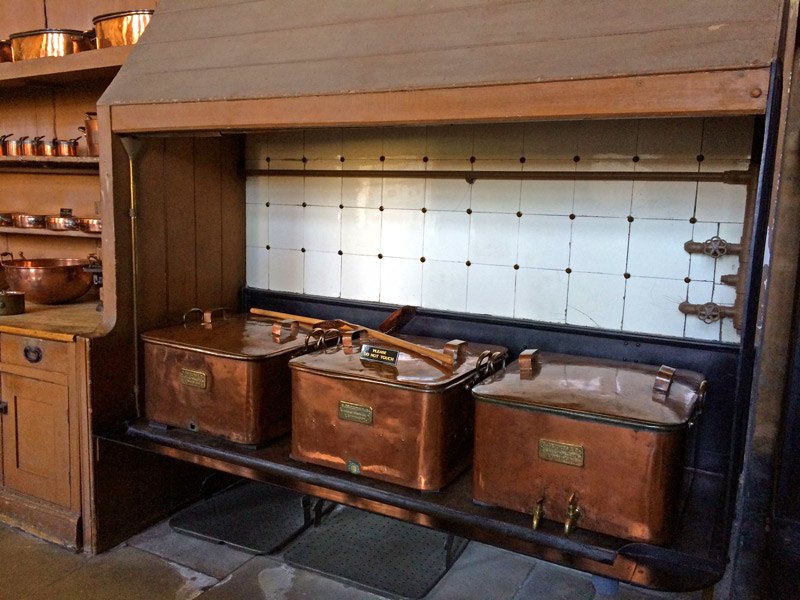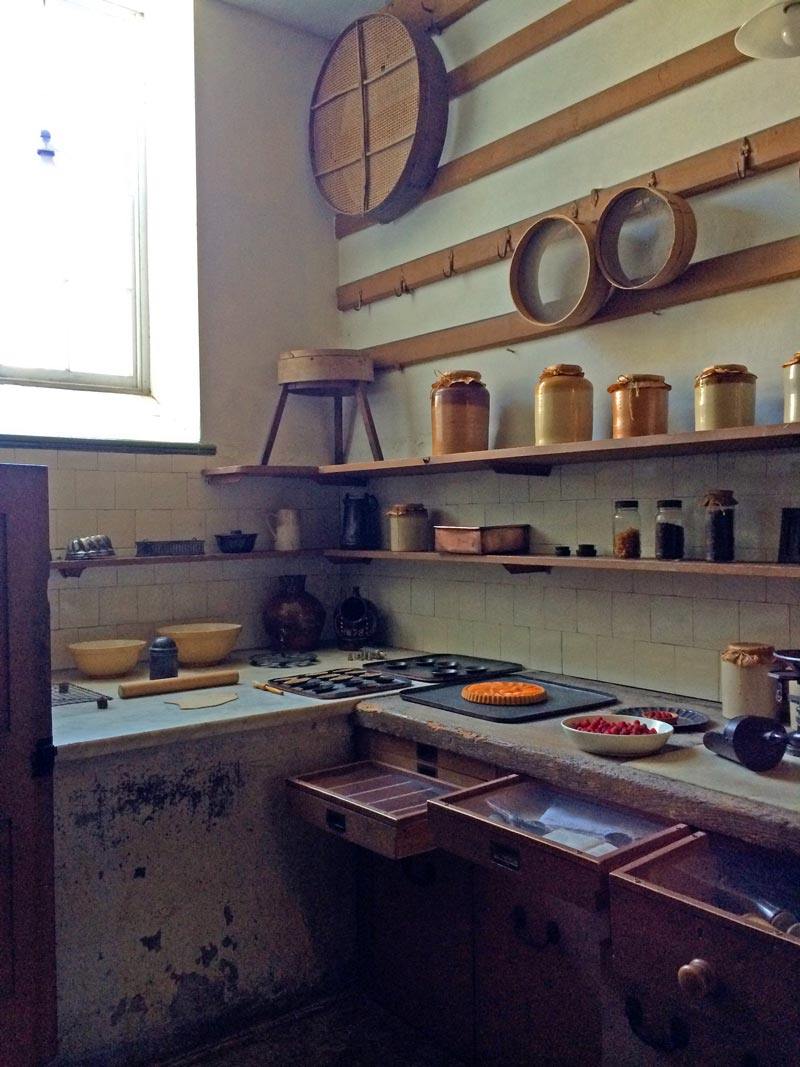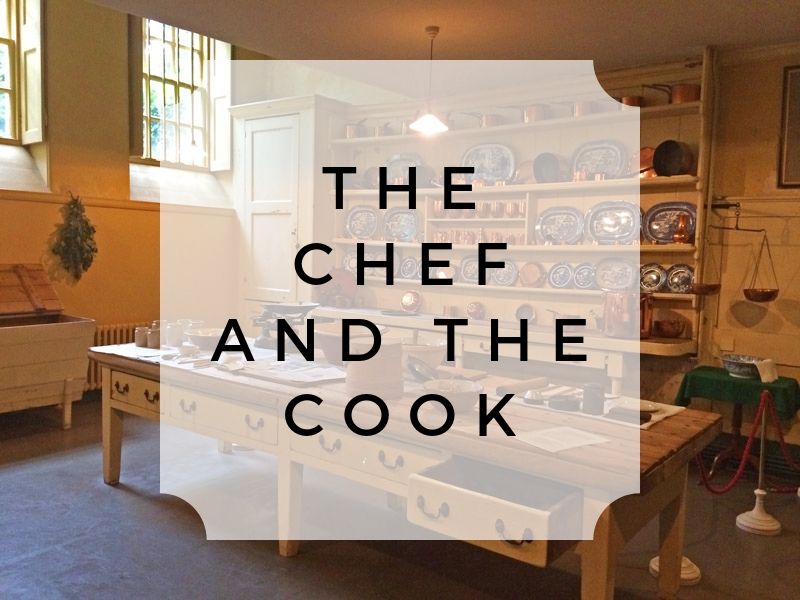I threw a picnic in our garden the other day. We were busy with all…
The Chef and the Cook
The kitchen is the heart of the home.
When we visit a grand house, I am always looking forward to seeing the servants quarters and the kitchen. The Victorian and Edwardian kitchens are amazing: you can see the technology that was available and used, the different types of copper pots, pastry moulds and details. As I walk through the kitchen, I can see how busy it probably was back in time and realize work must have been difficult in the kitchen. Therefore, the chef and the cook were high up in the hierarchy of a household, however they were not on the top, that was the House Steward. In terms of salary, the chef and the cook took the biscuit.
Why?
Obviously cooking was essential the the household, therefore a cook was needed, however that was not the only reason for hiring one. Entertaining was very important in the 19th and beginning of the 20th centuries and at a social event where kings, politicians and other famous guests turned up the food had to be flawless as it also represented the host and his household. Having an excellent cook was essential. Grand houses like Uppark and Petworth would have parties at the weekend when 20-30 guests were entertained, at bigger events the house accommodated 60-70 guests.
The Chef
Only the grandest houses could afford employing a chef who were very often French (NB Queen Victoria’s chef had Italian origin, Charles Emle Francatelli.). You could ask the question why did these grand houses have French chefs. It has several reasons: after the French revolution, servants spread all over Europe as their employers were either sent in exile or executed. The other reason why they were popular was because their cooking skills and expertise was far better then many of the English. All in all having a French chef was a status symbol those days, however, it happened that the English noblemen did not like the strange dishes that the French chefs cooked. In that case the French chefs put their “huff-hat” on and left. On this note I can recall a scene from the Canadian series “Road to Avonlea” where the Scottish director of the White Sand Hotel, Simon Tremayne has a debate with the French chef, Pierre Lapierre. The subject of the debate was haggis which was ordered by the Scottish director, but the French chef was reluctant to prepare it, finding this dish disgusting. Obviously the Scottish director finds oysters, snails and other quirky dishes of the French disgusting.
The Chef earned £120 or £150 per annum which was a generous amount. To put it into perspective, the House Steward too earned £120 but the scullery (kitchen) maid earned £9-12 per annum. The job of a chef was not easy and was rather stressful, so he earned his money to say the least and he had other perks as well. Do not forget, food was not preserved in those days yet, fridges did not exist, so keeping everything fresh was difficult. On top of this, the chef had to amaze the Lord of the house (and his guests) with new recipes all the time, in days when cookery books were not widely spread. A highly valued chef at grandest houses could hire a roast and a pastry cook and several kitchen maids to help out in the kitchen. His perks was to have a little room next to the kitchen where he could have a rest (or a doze 🙂 ) or work on new recipes.

The Cook
We can talk about two types of cooks, the plain cook who could prepare simple dishes, roasts, soups and deserts and served at middle class families and the professional cook who had better skills and could prepare foreign dishes and cook for 12-18 or even for 24 people. Professional cooks had kitchen maids as help in the kitchen and were often women in their 40s who climbed up the ladder and started their career as scullery maids just like Mrs Lipton in “You Rang, M’lord?”. (Alright, she probably was older than 40 but she did mention in the episode “Royal Flush” when she was to cook for 18 guests for a dinner party that “Oh, such a humiliation, nobody talked to me like that since I was a scullery maid.”)

Daily duties
Even the everyday tasks of a cook were depicted in „You Rang, M’lord?” well: the cook got up at 6:30am, by that time the rest of the servants had made the fire and prepared breakfast for the staff. The servants normally had breakfast at 7:30 so that they could prepare and attend the family’s breakfast around 9-9:30am. The cook received the daily supply from the gardener, grocer, fishmonger or butcher in the morning and started to prepare the lunch. The lady of the house discussed the weekly menu with the cook, (this is missing from “You Rang, M’lord?” as Lady Meldrum died and the daughters were not interested) and once a week the cook had to show the accounts, unless there was a housekeeper at the house whose task this was. In case of a social event the menu was discussed days before the event and preparations started as soon as possible, to get ahead of the game. On the day of the event the cook did not stop between 5 and 9pm. To deliver every dish perfectly, a big event required extra attention even from an experienced cook and it was exhausting.

~
If we think about it, there were no kitchen appliances back in those days and they had to do lot of things with their own hands, so cooking was indeed a tough job. On top of this if the family did not like the dishes, it was the cook to be blamed so the cook had to please the entire family on a daily basis, so respect for them. This stress is still there for chefs today I presume, the only difference is they have many more kitchen appliances, which makes their lives easier.





Comments (0)